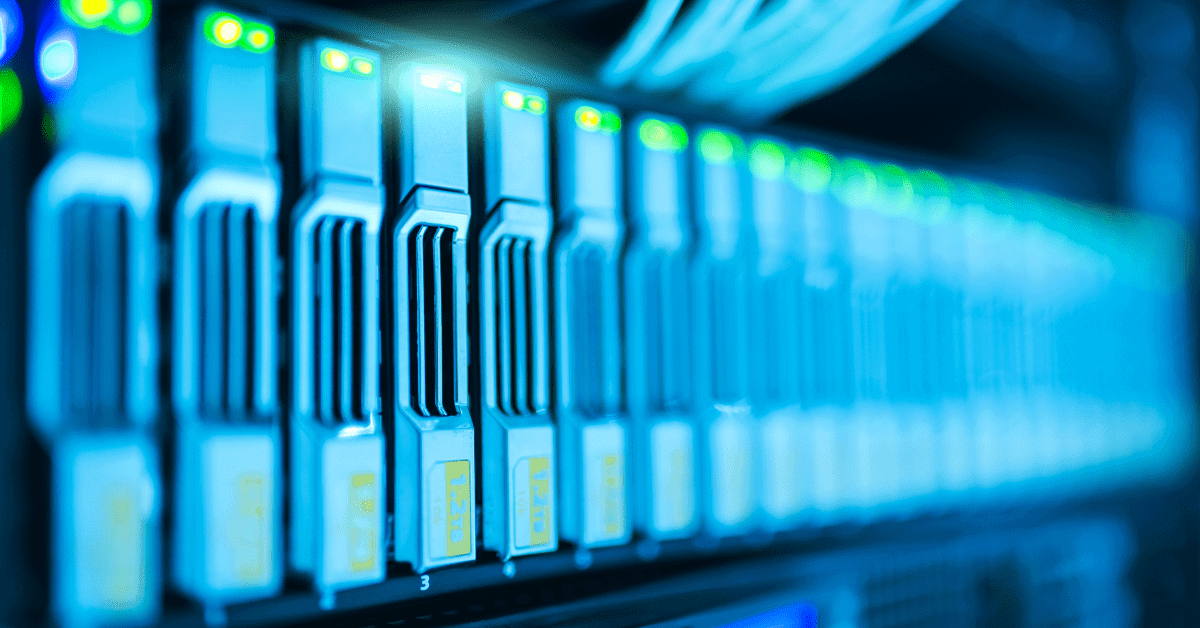Preventative Maintenance for your HVAC Server
By Randy Breneman on Thursday, June 3, 2021Servers (in the computer sense) are an important component of any HVAC company. Business continuity depends on servers running all the time, and every mistake results in costly downtime. That’s why server maintenance is so important. Keeping a server running involves a bit more than just downloading the newest patches and updates. To help you stay on top of things, you can use this article as a preventative maintenance checklist that will help ensure smooth operation of your HVAC server and avoid downtime.
Verify Your Backups
If you’ve ever had to get over a catastrophic hard drive failure, you recognize the importance of data to the operation of a business. A stable backup strategy adheres to the old adage, “better to have it and not need it than need it and not have it.” Schedule a couple of minutes everyday to create/maintain server backups. As an alternative, you can mirror the server environment to a virtual machine within the cloud, and test it regularly once you’ve got it set up.
Verify Storage Utilization
Regularly check your server’s disk drive usage. Servers generate tons of log files, old emails, and outdated software packages.
If it’s important to retain old log files, consider archiving them to auxiliary storage. Old emails also can be archived or deleted. Some application updaters don’t remove old files. Fortunately, some package managers have built-in cleanup protocols that you can use. You’ll also find third-party utilities for managing old software files.
Review Server Resource Usage
In addition to reviewing disc space, pay attention to other server usages.
Memory and processor usage can show how heavily a server is getting used. If CPU and memory usage frequently near 100%, it’s a sign that your server could be overtaxed. Consider reducing the burden on your hardware by upgrading, or by adding additional servers. Other options include reassigning certain workloads to a cloud environment, thus implementing a hybrid cloud solution.
Update Software Applications
Depending on your server configuration, you’ll have various software applications. Some systems have package managers that will automatically update software. For those that don’t, create a schedule to review available software updates.
Verify Network Utilization
Much like memory and CPU usage, server loads have a network capacity. If your server is on the brink of max capacity of the network hardware, consider installing upgrades. In addition to the capacity of the network, you may want to think about using network monitoring tools. These tools can watch your network traffic for unusual or problematic usage.
Monitoring traffic patterns can assist you in optimizing your web traffic. For instance, you could consider migrating frequently-accessed resources to a faster server. You can also track unusual behavior to spot intrusion attempts and data breaches, and manage them proactively.
Verify OS Updates
OS updates are often a difficult field to navigate. On the one hand, patches and updates can resolve security issues, expand functionality, and improve performance. Unfortunately, hackers often plan cybersecurity attacks around “zero-day” exploits. That is, they appear along with the OS patches that are released, and attack weaknesses before a business can patch the vulnerability.
On the opposite hand, custom software can experience conflicts and instability with software updates. Dedicate time regularly to review OS updates. If you’ve got a sensitive production environment, consider creating a test environment to check updates before rolling them into production.
Check the RAID Array
Depending on the size and cost of your server, it may run a RAID (Redundant Array of Independent Disks) array. In RAID, multiple hard drives act together to mitigate the risk of one disk failing. A quick glance at your RAID monitoring utility can provide you with a warning of potential drive failures. This allows you to plan drive replacements and rebuilds in a way that minimizes downtime.
Clean Server Hardware
Schedule time to physically clean and inspect servers to avoid hardware failure. This helps keep dust and debris out of the circuit boards and fans.
Dust buildup interferes with heat management, and heat is one of the main factors that can alter server performance. While you’re cleaning, visually inspect the servers and server environment. Confirm the open areas have enough airflow. Check for any unusual wiring of connections. An unexpected flash drive could cause a security breach. An unauthorized network cable might create a knowledge privacy concern.
Check Server Logs Regularly
Servers maintain logs that track access and errors on the server. These logs are often extensive, but some tools and procedures make them easier to manage. Review your logs regularly to remain conversant in the operation of your servers. A logged error might identify a hardware issue that you can fix before it fails. Anomalies in access logs might mean unauthorized usage by users or unauthorized access from an intruder.
Regular Server Maintenance Reduces Downtime and Failures
Hopefully, this checklist will assist you in performing routine server maintenance. Regular maintenance ensures that minor server issues don’t escalate into a disastrous system failure. Many server failures result from preventable situations and poor planning.


